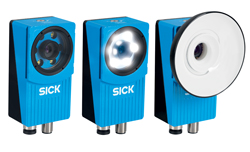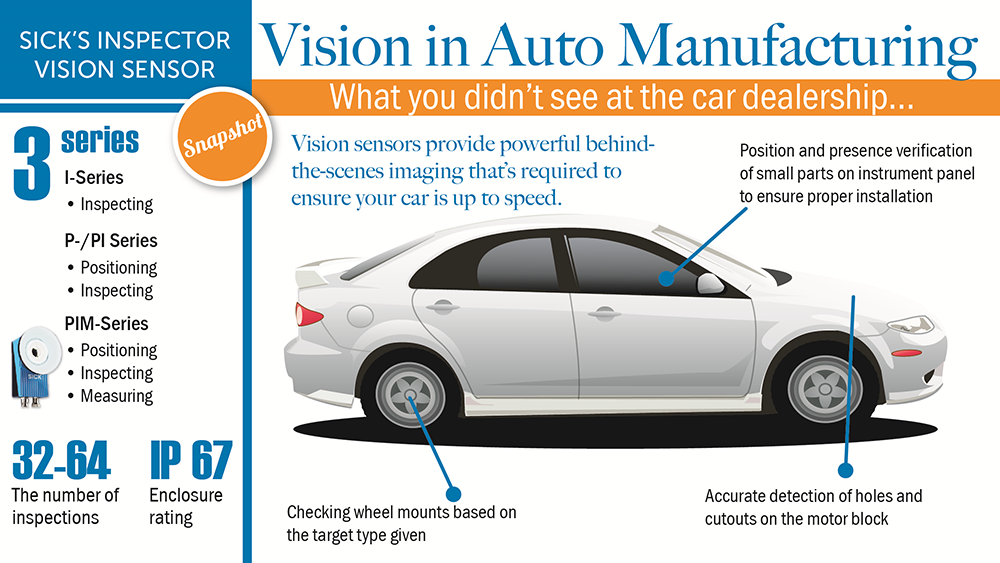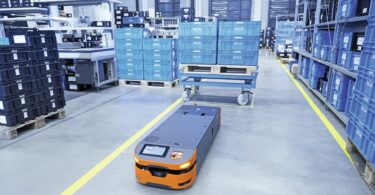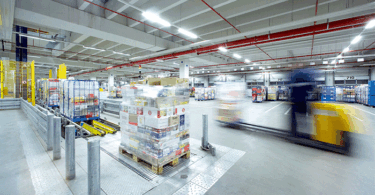The ability of the human eye to identify fine details is somewhat limited. However, during the automotive manufacturing process, the ability to recognize such details quickly and accurately is paramount.
 In particular, inspections – for example, ensuring components are the correct shape and size — are critical to the assembly process. For such an important task, tire inspections have traditionally been conducted manually, a process that not only takes significant time but also is prone to inaccuracy.
In particular, inspections – for example, ensuring components are the correct shape and size — are critical to the assembly process. For such an important task, tire inspections have traditionally been conducted manually, a process that not only takes significant time but also is prone to inaccuracy.
More recently, however, vision sensors and 3D vision systems have become an alternative to manual inspections.
By using camera and vision systems, automotive manufacturers can increase measurement precision, error-proof earlier in the process, ensure tire consistency and reduce labor costs.
Greater Accuracy, Greater Speed
In addition to providing improved accuracy, vision sensors and 3D vision systems offer faster detection speeds. These solutions are able to obtain and process information faster than previous camera systems, contributing to better quality control.
The Inspector vision sensor from SICK is particularly ideal for a variety of detection and verification tasks within the automotive manufacturing process. A configurable standalone sensor—like SICK’s new TriSpector1000—can often be a cost-efficient option for 3D inspections.
The infographic below demonstrates some of the many roles vision sensors play in automotive manufacturing. (Click to expand)
Similar to vision sensors, 3D camera systems can also help improve productivity and product uniformity for quality assurance in advanced industrial applications. Consult a vision expert to discuss your specific application requirements.
 White Paper Download
White Paper Download
For additional information about how 3D cameras systems are used in tire manufacturing, download the white paper: A Tire Manufacturers Guide: Improve Quality Control during Tire Manufacturing.






